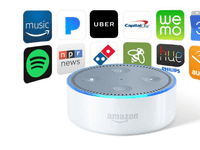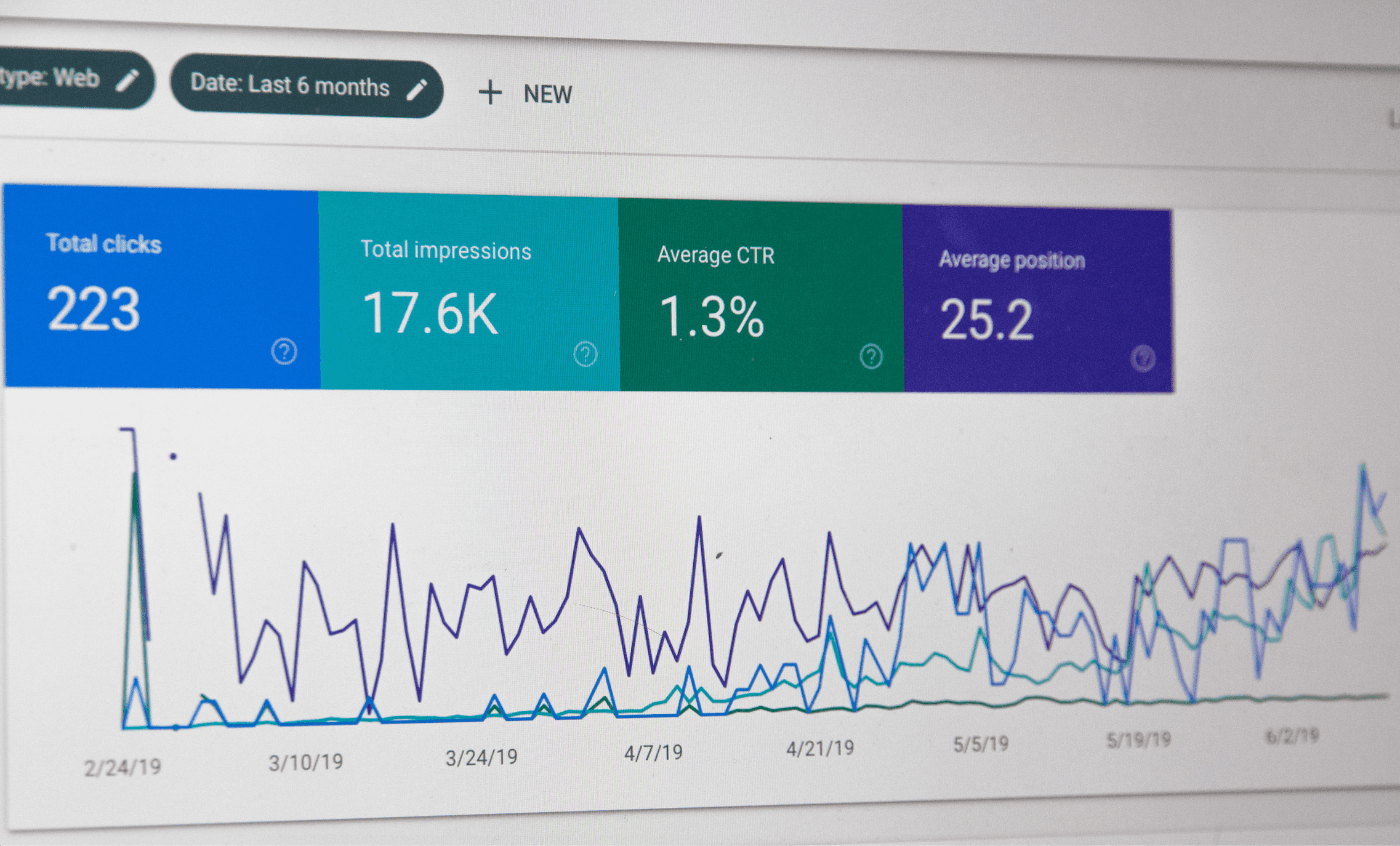Content Marketing Mix: How to Create Blog Content That Your Customers Love

Figuring out the right content for your business can be especially challenging if you don’t know what your audience wants to see. However, there are specific types of content that work for every business and audience. These content types form what is called the content marketing mix – the right blend of content that can help you attract, engage, and convert prospective customers.
In this blog, we will break down the content marketing mix, explain each content type, and offer examples of each type. Let’s dive in.
The 4 Main Content Pillars in the Content Marketing Mix

In order to be successful, all businesses need to create content in these four key areas:
1. Entertaining Content
Imagine this situation – you’re going to work early in the morning, and you’re waiting for a bus. You’re scrolling through your Facebook feed and see two posts: “6 Mistakes Every Advertiser Makes” and “6 Funniest Campaigns on Facebook This Year”.
Which one would you read? Most likely, the second one, because it is 8 AM and it’s too early for a lecture. And if you are coming back from work? Most probably the second one, because you spent eight hours in the office and you need something light.
Content that entertains is often funny, highly shareable, and has the ability to make brands more human. This humanizing aspect is crucial if you want to build trust and long-term relationships with your followers.
Take BuzzFeed as an example. They post news about serious and important events that occur in the world, but also have lots of entertaining content on their website:
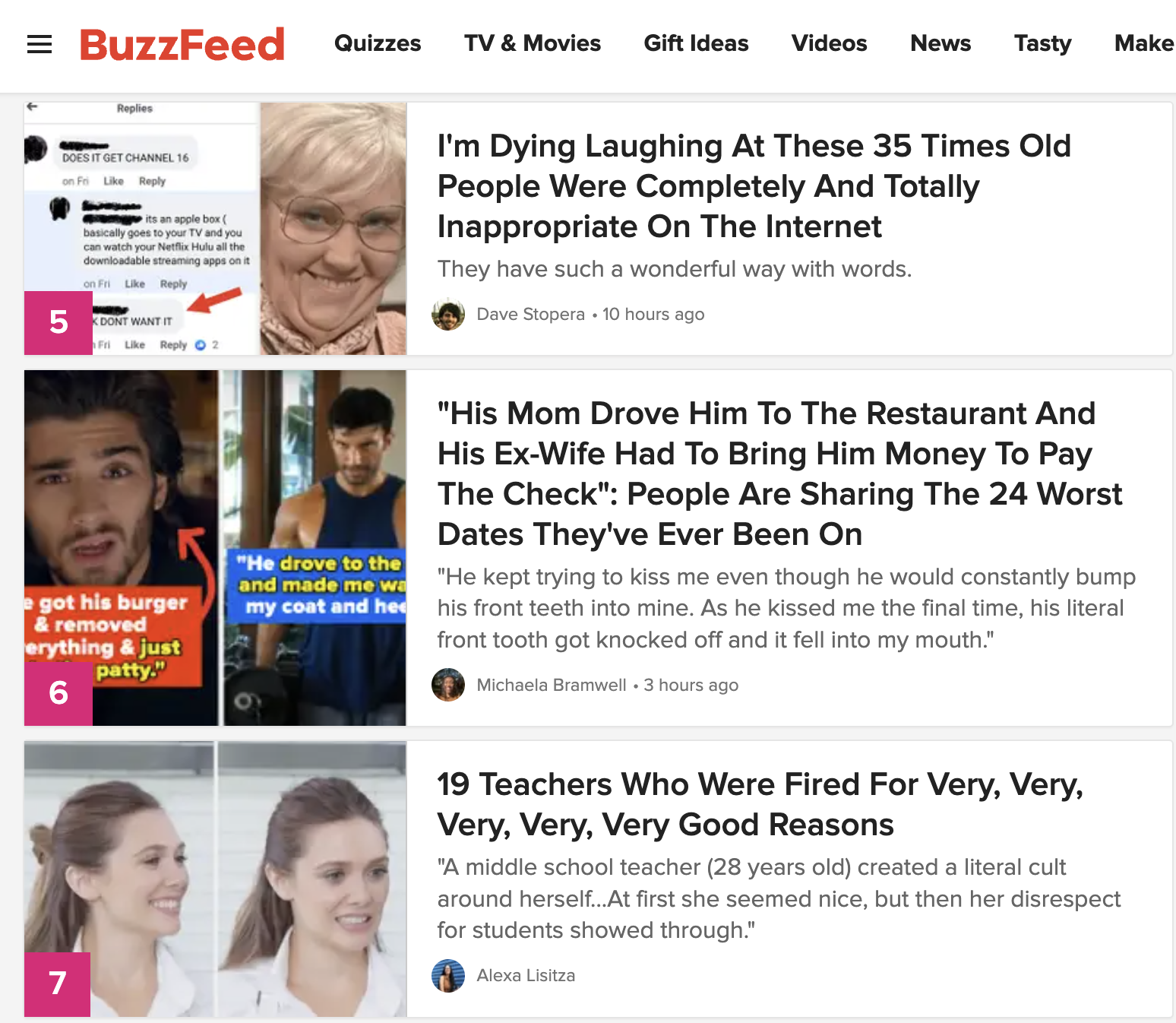
Therefore, you might go to their website when you need relevant info or just want to kill some time. That is exactly what you want to achieve with your blog posts.
2. Educational Content
Entertainment appeals to readers’ emotions. On the other hand, educational content appeals to rationale and helps establish authority.
When you create educational content, always have SEO in mind. Educational keywords are more competitive, and if you want to rank your content, you have to get your SEO right.
Example of educational content on HubSpot:
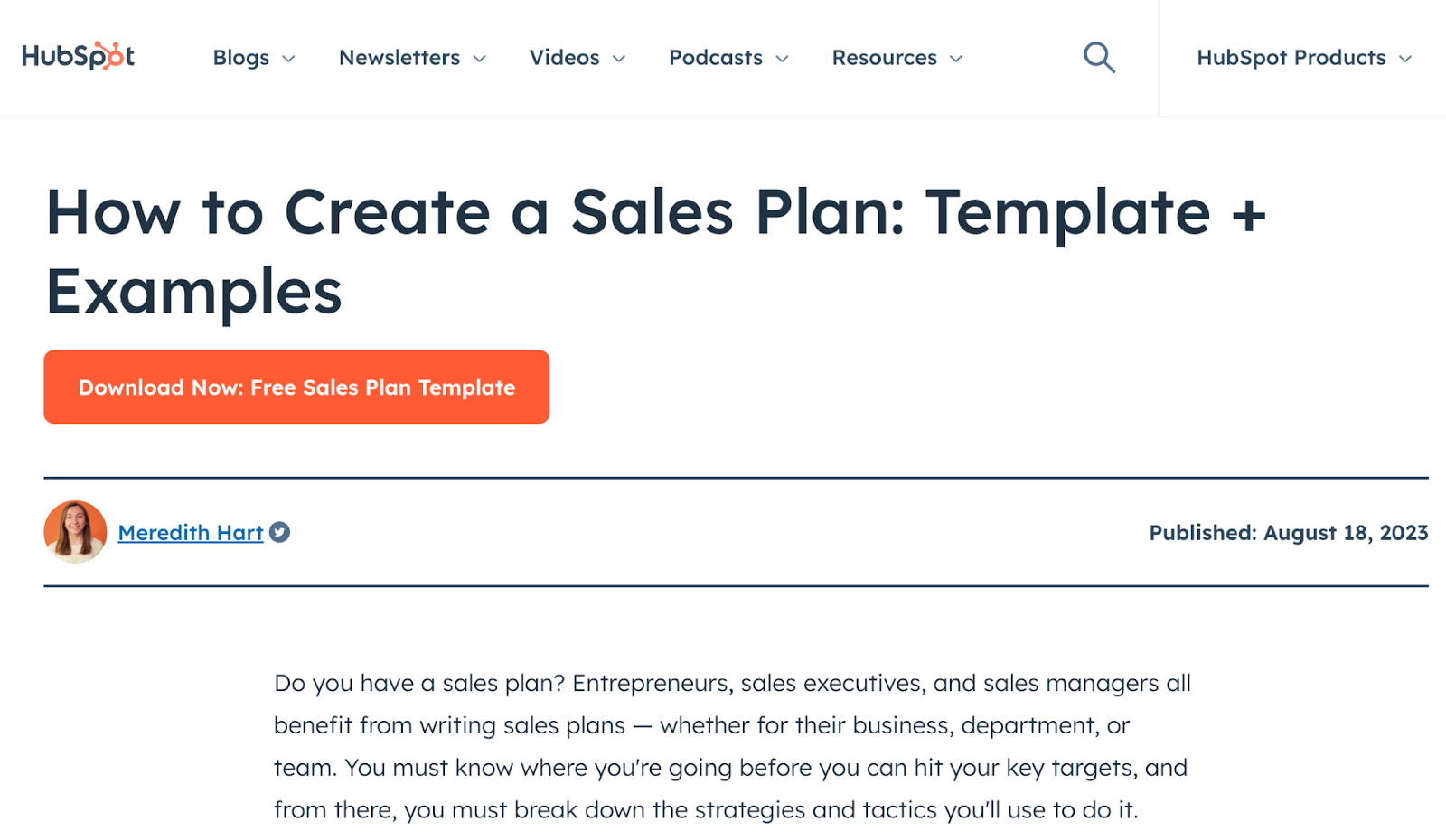
3. Inspirational Content
When we say inspiration, we don’t mean quotes and pictures. The best inspiration for many people are success stories, customer testimonials, and case studies.
If you’re starting your own business, you will probably find inspiration in how other entrepreneurs succeeded and what they had to face along the way.
Or, if you want to buy a product but are having second thoughts, good customer reviews and testimonials can provide the clarity you need.
Take Tone It Up Girls, for example, who know that exercising can be tough sometimes and sticking up with your nutrition plan can be even harder. Hence, they use success stories from other girls who have gone through their program, such as this one:
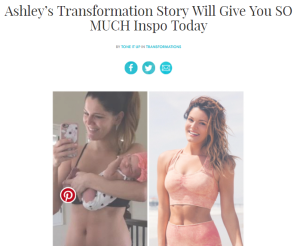
4. Conversion Content
Conversion content is meant to lead the reader in the direction of an action, such as signing up for a newsletter, downloading a free how-to guide, or buying a product. Persuasive content is very important, especially when you want to monetize attention.
After attracting an audience with entertaining content, building relationships with educational content, and inspiring them to try your product, you need to get your audience to convert into customers.
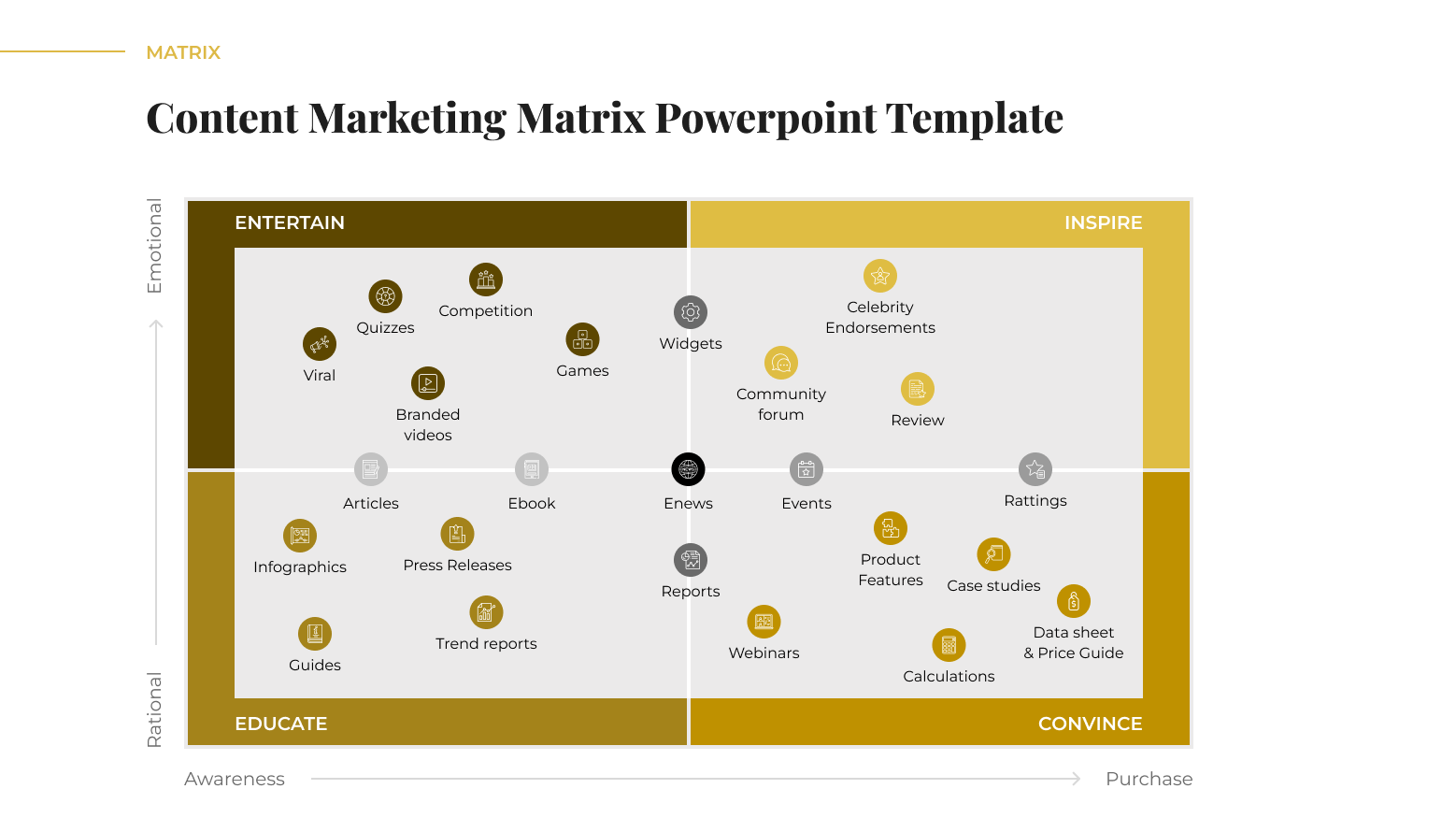
The 5 Types Of Content Every Brand Should Create

Now that you know the four of content you can use, it’s time to talk about what type of content you should consider.
1. Infographics
It has been proven on numerous occasions that human beings are visual learners. One study showed that, after three days, a person retains only 10-20 percent of written or spoken information and almost 65% of visual information.
Therefore, it comes as no surprise that people are more likely to remember visual information in the form of infographics. Do you have a data-heavy topic, industry research, or performance data that is interesting? Create an infographic.
If you’re not a skilled designer and you’re not sure how to create an infographic from scratch, do not panic. Hubspot has free infographic templates that you can easily edit in PowerPoint or Adobe Illustrator. Another option is using Canva infographic templates.
2. Lists
Research shows that people have a tendency to lump things into round-number groups and view everything outside the range as inferior. For example, the difference between a list of 10 and 11 items can feel enormous and significant, even if it’s actually minimal.
When creating lists:
- Meet a need: Do not create a list just to create a list. Create one because it will help your readers solve a problem or learn something important.
- Experiment with numbers: Top 10 lists are very popular, but they are not the standard. Do not be afraid to create a list of hundreds of tips or resources.
- Make them skimmable: Not everyone will read everything on your list. Therefore, make it easy for them to find what they need.
3. Case studies and success stories
People love storytelling, and you probably already know that, but what you might not know yet is that the best stories follow a three-act structure, a model used in screenwriting to divide a fictional narrative into three parts:
- The setup: This is a part where you present the world and people in it. It should show the normal life of those people, before something happens to disrupt this routine.
- The confrontation: In the second part, the main character faces some problems and has to find a solution to his or her problems. The character usually has no experience solving the problem, and to do that, they must learn new skills.
- The resolution: In the final act, the story is brought to its most intense moment; victory arrives, and the main characters get a new sense of who they are.
This is important because you must capture your brand, customer success, and other business stories well.
In case you find an ideal product evangelist, tell their story properly. What were they doing before they became successful? What obstacles did they have? What did they do? How did they solve their problems? How do they feel now that they are successful?
3. How-to guides
If you’re writing how-to guides, make them as detailed as possible, but make sure that you stick to around 1500 words. Medium’s research on this topic shows that an ideal blog post is a 7-minute read, which is approximately 1600 words.
When creating how-to guides:
- Solve your audience’s problem: A guide on how to do something is helpful only if it solves a problem your audience might be having. If your audience is young moms, a tutorial on how to decorate an apartment won’t help them much. However, a guide on how to child-secure their apartment will be very helpful.
- Break it up – If things start getting complicated in your guide, simplify the information by creating visual checklists, quotes, or infographics. Or if you see that a subject is getting too long, turn it into two guides.
Create Great Blogs in 3 Steps

1. Find the right topic
First things first, never start writing any piece of content without an idea about what you want to communicate. So, how do you find the right topic idea?
Before you start writing, research your audience and learn as much as you can about your industry. Then, once you know who your readers are and what they like, look for trending topics/ideas that you can write about.
There are many tools that can help you find those trending topics – our suggestions are BuzzSumo, Google Trends, and Feedly. These tools are extremely easy to use – for example, just go to BuzzSumo, type in the keywords, and you’ll see the most popular topics in your industry.
You can also use forums like Quora, Reddit, and Yahoo Answers to look for questions your audience would like answers to.
When selecting topics, set your personal preferences aside. The fact that you’re interested in a particular topic does not mean that your audience is interested too. And all writing should be audience-centric. It should be about making them happy and not you.
2. Use catchy titles
According to research, 80% of people who visit your blog post will read your titles, but only 20% of them will read your content. Therefore, your blog titles have to be super interesting in order to catch people’s attention. If your titles are not catchy, you will lose people’s attention before they even start reading your blog post.
3. Optimize readability with paragraphs and lists
Even if you catch people’s attention with subheadings and they decide to read your blog post, you will lose them if the post is not readable. Make it easy for them. Add bullets, graphs, infographics, and, of course, paragraphs!
Conclusion

We cannot overemphasize the importance of mastering the content marketing mix for businesses that want to connect with their audience effectively. The blend of entertaining, educational, inspirational, and conversion-focused content forms the foundation of every robust content marketing strategy.
Each type serves a unique purpose, from building trust with humor-infused entertainment to establishing authority with educational pieces. Inspirational content like success stories and testimonials adds a human touch, while conversion content guides the audience towards a desired action.
If you need help figuring out your content mix or even creating and executing content marketing strategies, reach out to us today. We are ready to help!





